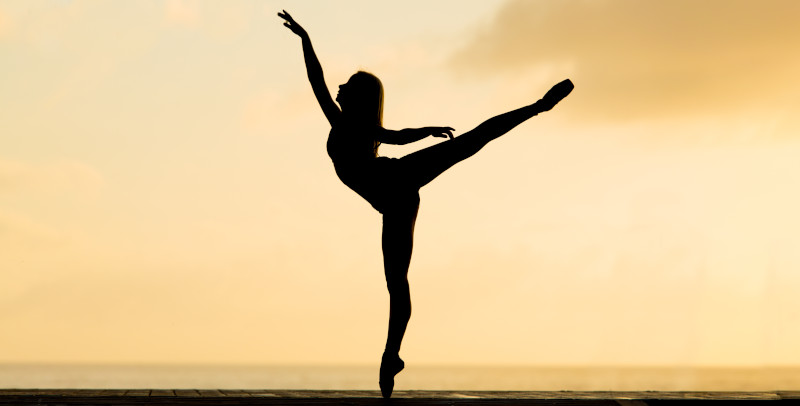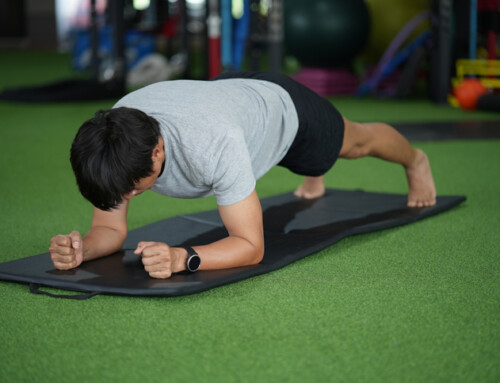by Carrin LaCoppola, SPT
Physical Therapy/Core Stability for Dancers
What is Core Stability?
It is the ability to control the movement and position of the trunk over the pelvis in order to allow the most efficient production, transfer, and control of motion to the extremities in all types of athletic activities. The core of the body includes the spine, hips, pelvis, and abdominal structures. The core musculature and joints of the spine, pelvis, and hips are located centrally and responsible for proximal stability, strength, and balance in order to achieve proper mobility in the arms and legs.
Core stability is maintained by a combination of factors including muscle strength, endurance, power, and sensory motor control of the lower back and pelvic region. The core is made up of passive and active components and a neural control unit. The passive components include ligaments, bones, cartilage, fascia, and other non-contractile properties. The active structures are the deep and superficial muscles in the abdomen, back, and pelvis. The neural control unit is the sensory-motor system. This system is responsible for transmitting sensory information from proprioceptive structures in the body to the central nervous system (CNS) for interpretation of that information, the CNS will then respond to that signal by sending motor responses in response to a postural disturbance. Meaning the CNS will create core stability before gross movements.
How Does Core Stability Impact Dancers?
Dancers are known to perform a variety of challenging movement patterns involving multiple muscle groups, whether it is ballet, ballroom, tap dance or any other type of dance. Dance is a very demanding physical activity with a high incidence of lower extremity and low back injuries. These injuries are usually found to be non-traumatic and chronic in nature from overuse and micro-trauma to the soft tissue, including a variety of different types of injuries and dysfunction. Core stability has been shown to provide support of the spine and assist in pelvic alignment, which can assist and promote proper movement control of the legs and arms during the many postures and positions of dance. The lack of core stability and control in dancers can increase the strain on surrounding joints, bones and ligaments, which has been related to increased risk of injury in the lower extremities and lower back.
How Can Physical Therapy Assist in Core Stability?
Physical therapy can asses your core stability and also help strengthen the core in order to assist in recovering from an injury or assist in preventing an injury from occurring. Physical therapy can help teach dancers how to use proper movement patterns, alignment, and firing of the right musculature.
Contact the physical therapy team at our Malta clinic at 518-289-5242 or Queensbury clinic at 518-289-5242 if you are experience any pain or difficulty with the activities you love to do!
References:
Rickman, A. M., M.S., Ambegaonkar, Jatin P,PhD., A.T.C., & Cortes, N., PhD. (2012). Core stability: Implications for dance injuries. Medical Problems of Performing Artists, 27(3), 159-64.
Kibler W, Press J, Sciascia A. The Role of Core Stability in Athletic Function. Sports Medicine. 2006;36(3):189-198. doi:10.2165/00007256-200636030-00001.
International Association for Dance Medicine & Science. Iadmsorg. 2017. Available at: Core Control: “Not just abdominals”.







